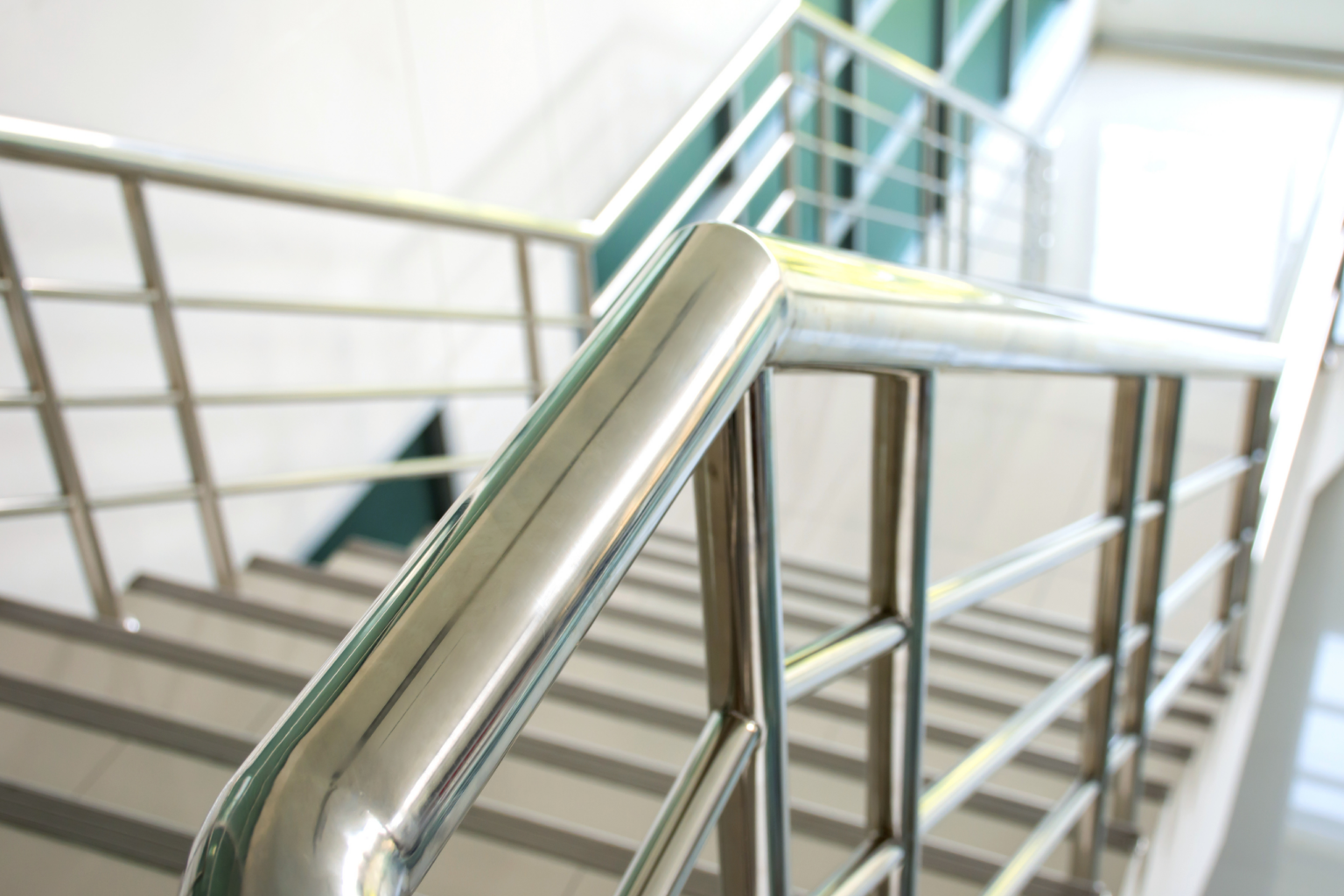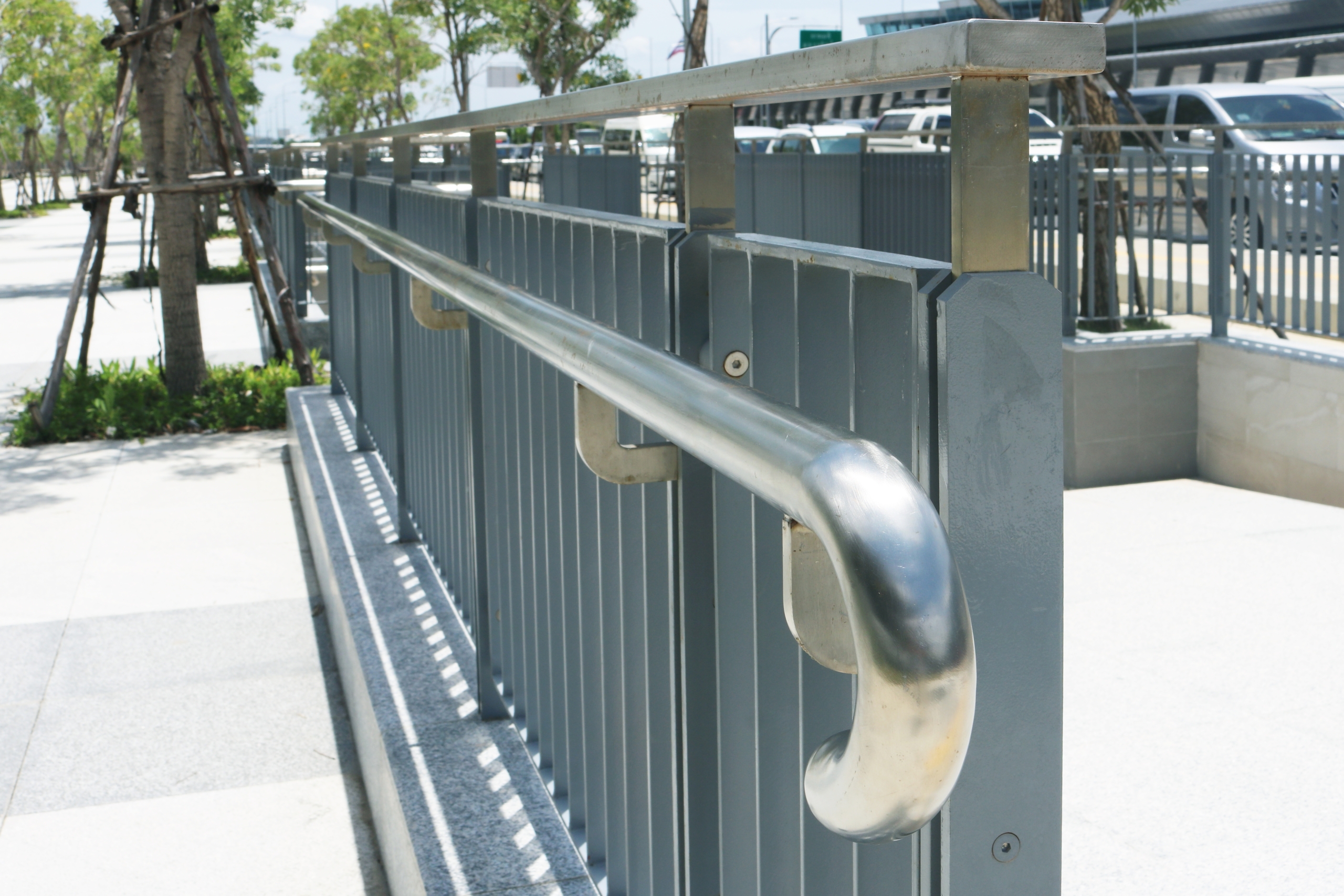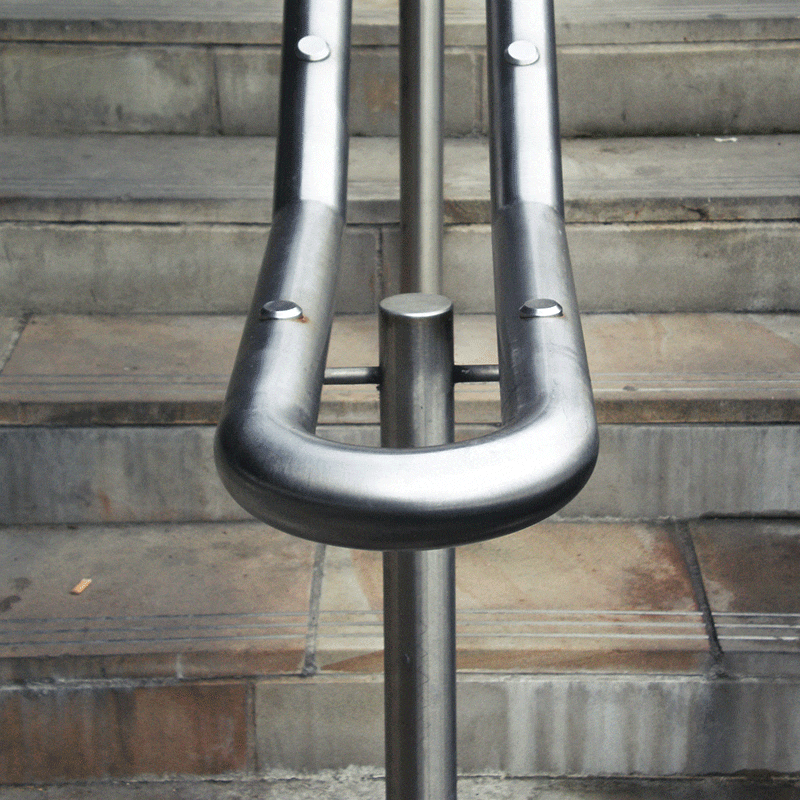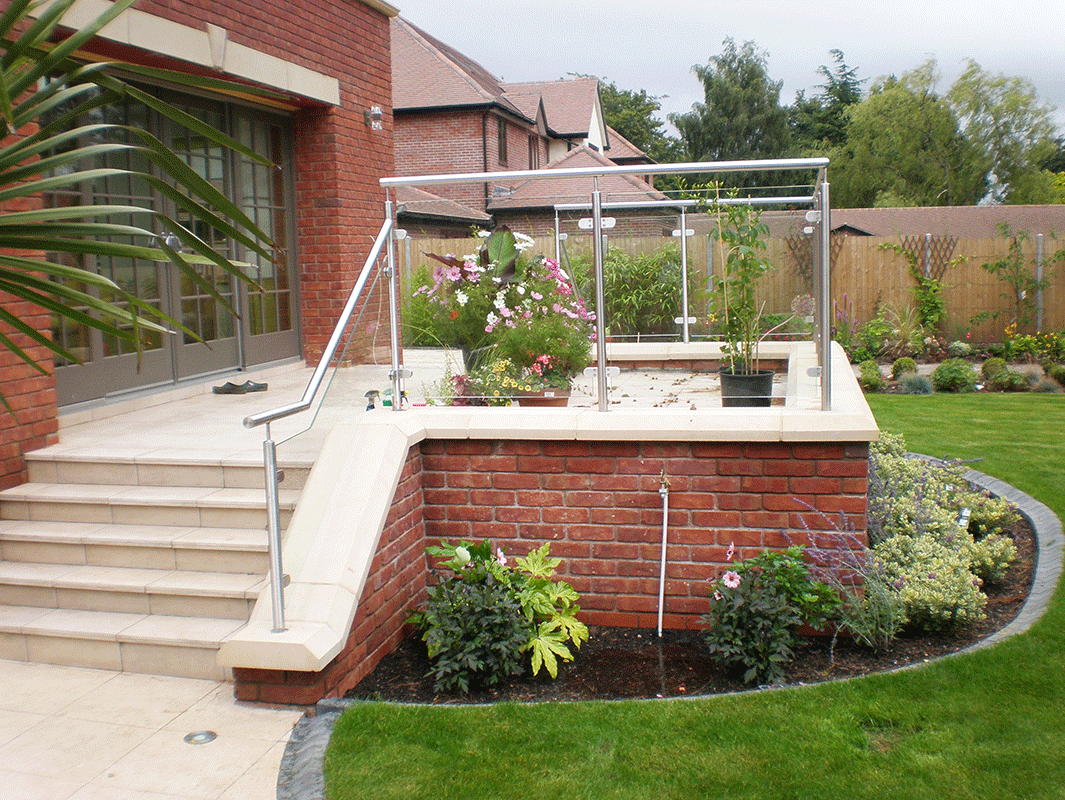What is the Best Steel for Your Outdoor Railing System
When you are designing your outdoor railing system, it’s usually obvious that you should opt for a metal one. There are just so many pros to that, including better durability, easier maintenance and an aesthetic appearance that most people prefer. More often than not, you’ll find that steel is the metal of choice for such an application.
However, choosing the right steel is hugely important, because there are so many options out there - carbon, stainless, and more - and they all behave differently, as well as having different costs and so on too. So, the choice here is an important one, and you need to make it carefully.
In this article, we’ll discuss the properties to consider when selecting the best steel for railings, and we’ll look at the major types of steel that you will likely be choosing between. Let’s take a look.
Types of Steel Used for Outdoor Railings
So, what are the main types of steel that are commonly used for outdoor railings? There are effectively three main types that we will look into in this article, and which form the vast majority of steel outdoor railings:

1.Stainless Steel
Looking first at stainless steel, let’s consider why you might want to make use of this in your outdoor railings. Stainless steel is known for its attractiveness and cleanliness, and it’s definitely always going to be a top option for outdoor railings.
Looking first at stainless steel, let’s consider why you might want to make use of this in your outdoor railings. Stainless steel is known for its attractiveness and cleanliness, and it’s definitely always going to be a top option for outdoor railings.
Advantages of Using Stainless Steel For Outdoor Railings
1. Corrosion resistance - One of the main selling points of stainless steel in general is of course that it doesn’t tend to corrode or rust, or at least not for a very long time. That makes maintenance easier and reduces the long-term costs as you won’t be likely to have to replace it or treat it much.
2. Strength and durability - Stainless steel is also a very strong steel, capable of being used for railings and providing a durable and safe railing every time.
3. Aesthetic - Most people agree that stainless steel is also a very attractive option, which is good news when you are using it on the exterior of your building.
Disadvantages of Using Stainless Steel For Outdoor Railings
There are some downsides to stainless steel for outdoor railings, one being that it will generally cost you more upfront. That being said, on the whole it’s a great option.
Types of Stainless Steel Grades Suitable for Outdoor Railings
There are two main types of stainless steel grade you can suitably use for your outdoor railings: grade 304, and grade 316.
304 is the most common stainless steel there is, containing a high amount of nickel. Whereas, 316 stainless steel is mostly chromium, and is often less affordable than the 304.
316 stainless is particularly recommended in areas of high corrosion, for example coastal areas.

2.Carbon Steel
Carbon steel is a really popular type of steel for this sort of application, and with good reason. It is an inexpensive choice, but it has a much lower resistance to corrosion than stainless steel, for instance. However, it is strong enough to use for handrails and other railing systems.
Characteristics of Carbon Steel
Most of all, carbon steel has a decent strength to it, so you won’t have to worry about using it for an outdoor railing system. It will certainly be strong enough to use. And the main other characteristic that people like about carbon steel is that it is very cost-effective, at least upfront, costing considerably less than the other options to buy and install.
Types of Carbon Steel Used for Outdoor Railings
Again, there are a couple of major types that are generally used: mild carbon steel and high-carbon steel. The latter is stronger and will cost slightly more, whereas the former is going to be cheaper but perhaps not last quite as long. However, both are ultimately usable and durable.
Pros and Cons of Using Carbon Steel for Outdoor Railings
One major pro of carbon steel is the low cost, and this is the main thing that usually draws people to it. If you just need to quickly get a perfectly acceptable and serviceable railing system in place, then going for carbon is absolutely fine. On the downside, however, it corrodes much quicker than other steels, and it might not be considered quite as attractive as stainless steel.

3.Galvanised Steel
Galvanized Steel is steel that has gone through that process of galvanization. This is where the steel is protected from corrosion by adding a layer of zinc. That creates a barrier between the external environment and the steel itself, so it is bound to corrode less and last much longer. You can probably already imagine some of the benefits of using this kind of steel for your outdoor railings.
Benefits of Galvanized Steel for Outdoor Railings
Obviously, the main benefit is that it corrodes less, so you will not have to worry about your railing rusting over time. It will indeed last a very long time, and you’ll find that you don’t need to do much in the way of treating it at all. It’s also very durable and strong, which is what you want in an outdoor railing system too of course.
However, what you might not have guessed is that it is also very affordable, making it a pretty good option overall - strong and corrosion-resistant, and yet not too pricey.
Types of Galvanized Coatings for Outdoor Railings
There are two major types: hot-dip galvanizing, and electro-galvanizing. In the former, the steel is dipped into molten zinc, whereas in the latter it’s bonded to the zinc through electroplating. Both are however effective in terms of galvanizing the steel effectively for railing use
Pros and Cons of Galvanized Steel for Outdoor Railings
Pros: The main plus here is the shelf-life, because it will not corrode for a very long time. It also has a very low level of maintenance required, which is a huge benefit if you are trying to save money as well. In terms of money, galvanized steel is actually very affordable. These are some clear reasons to use galvanized steel for your outdoor railings.
Cons: On the downside, galvanized steel might not have quite the same aesthetic appeal as stainless steel for many people, although of course that is always down to personal taste. And for larger-scale projects, it can often prove expensive. Also, galvanized steel can still rust if over-exposed to moisture.
As you can see, there are pros and cons to each type of steel. The main thing is to make sure that you are choosing the right kind of steel for your project, taking into consideration the various benefits and drawbacks detailed above, along with your budget and personal circumstances.

4. Mild Steel
Mild steel, also known as low carbon steel, offers several advantages that make it ideal for outdoor railings. Firstly, its low carbon content makes it highly ductile and easy to work with. This means that you can easily shape and manipulate the metal to fit your specific railing design.
Secondly, mild steel is durable and affordable, making it a cost-effective option for outdoor applications. Additionally, mild steel is magnetic due to its high iron content, which adds another layer of functionality to your railing system.
Our Recommendation – Use Mild Steel for Your Outdoor Railings
If you're looking to install outdoor railings, using mild steel is a fantastic choice. It's durable, weather-resistant, and can withstand the test of time. Plus, it adds an elegant touch to your space. It’s the most common form of steel that we use for our outdoor handrails here at Arc Metal Design.
Mild steel is known for its ability to resist corrosion and rust, making it perfect for outdoor applications. You can trust that your railings will stay strong and reliable even in harsh weather conditions.

Understanding Steel for Outdoor Railing Systems
In general, steel is undoubtedly a great choice when it comes to outdoor railing systems. It tends to provide a huge amount of durability and therefore longevity, and it is usually very simple to maintain as well. Steel is really the go-to option for outdoor railings of any kind and in pretty much any setting. But it’s not enough simply to make sure that you are choosing steel - you also need to know what kind of steel to opt for, and there is a lot that you need to think about here too.
Here are some of the properties you should consider when selecting steel for outdoor railings.
Strength and Durability
First and foremost, you need a steel railing to be safe and secure, and that means you need to have a great degree of strength and durability. All steel is pretty durable, but some more so than others, so this is something that will certainly factor into things.
Corrosion Resistance
Metal is prone to rusting, of course, so you need to be able to work against that as best as you can. Some steel is altogether more effective in this sense, and therefore corrosion resistance is definitely a major concern when you are trying to decide which steel to go for.
Aesthetic Appeal
There is no doubt that how it looks is important too, because after all you want to make sure that your home is going to be attractive to you and to other people too. So, aesthetics does always play a role as well.
Maintenance Requirements
And finally, each steel has its own requirements when it comes to maintenance. This is something you will also need to consider carefully when you are choosing the appropriate steel for your outdoor railing system.
Looking to Enhance Your Outdoor Space With Bespoke Steel Handrails?
At Arc Metal Design, we are passionate about crafting the finest steel solutions for your needs. Whether you're seeking durability, elegance, or a unique design, our expert team is ready to bring your vision to life. Contact us today at 0121 461 8169 or fill in the form below to discuss your project and take the first step towards transforming your outdoor area into a stunning masterpiece. Let's create the perfect steel hardrails tailored exclusively for you
Need more information?
To see how ARC could support your next project – simply call us, or use the form below.